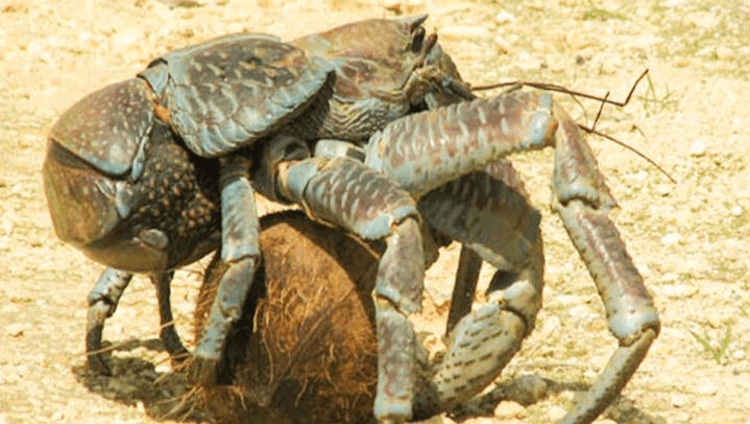When most people imagine a safari in Africa, they usually imagine being in the back of a 4x4 jeep, without having to worry about anything, while a specialized guide controls the whole ride. And then return to the luxury hotel to take the straw hat, sip a cocktail and remember the scenes seen during the day. For the more fearless travelers there is another alternative: being the tourist driving the jeep, cooking for himself and camping, spending about $ 100 a night at Kruger Park (South Africa). Prefer a bed? Book a tent and spend some more.
Formerly the word safari suggested hunting expeditions in the wild landscapes of Africa. It was a safari, when groups of hunters gathered and walked in the forests to hunt different animals and of great physical size for days and days.
With natural evolution the definitions have changed and today safari sets tours and organized expeditions, to see wild animals and different from the usual ones. These tours can be on foot, in a closed car or in the open air. As in all trips good preparation, good knowledge and good organization are fundamental to make everything go well. There is no doubt that Africa is the most suitable destination for this type of activity in which nature and fauna come together to produce an unforgettable experience for visitors. The most classic of all African parks is the Serengeti Park in Tanzania, with large open spaces full of wildlife.
It is a typical landscape of African savannah, where gnus, gazelles, antelopes and leopards in the Seronera Valley, birds, the largest crocodiles in the world on the Grumeti River and other native species in the kopjes, typical sand islands of this type of landscape. Travelers sleep in camps like Kirawira.
Okavango Park (Botswana) stands at the gateway to the great Kalahari Desert. The best accommodations in this park are Companhia do Espresso do Oriente and Sacred Retreats. Masai Mara (Kenya) is another classic safari, with annual migration of many species across the continent in a typical African savannah landscape.
There is a wide range of accommodation. Ngorongoro (Tanzania) is considered the East Eden. There are wildebeest, zebras, gazelles, antelopes, elephants, hippopotamuses and pitons in lakes and rainforests. There are exclusive accommodations with the best views and other accommodations at the entrance of the park.
O KrugerPark in South Africa was the first protected park on the continent, with two million hectares. There are dozens of places in spectacular landscapes, where rhinoceroses, leopards and wildebeest sleep. Safaris are organized in cars during the day. There are exclusive accommodations for all types of travelers. If you choose one of these parks, you will find the perfect travel option and enjoy an excellent safari in an authentic African landscape.
TIPS
Where to do it?
There are several places in Africa that do not disappoint the tourist who seeks to make their holidays unforgettable. Meet the most popular.
1-Kenya : there is an abundant wildlife, beautiful scenery, magnificent parks (Masai Mara and Amboseli), is a much sought-after, well-known and most popular destination worldwide. The tropical beaches that are nearby are a plus.
2-South Africa : is a tourist destination of safaris in enormous growth and with enormous potential. It has several places of interest and various tourist attractions (Kruger National Park, Sun City, Capetown and across South Africa).
3-Tanzania : it has a huge diversity of east African safaris and there is a varied tourist offer in this region. Campsites at Serengenti and Ngorongoro. In Tanzania the Serengeti park is the oldest and most popular because there are several species that habitually migrate throughout the year.
4- Botswana : Located to the north of South Africa, this is another classic destination for those who love to make safaris. One of its main attractions is the natural and preserved beauty of the Okavango Delta, whose unique landscapes can be visited through unforgettable rowboat safaris.
5- Namibia : The country reserves some of the most beautiful landscapes on the planet, such as the famous Kalahari desert. However, arid lands harbor an impressive diversity of wildlife, with almost half of the territory being made up of national parks and preservation reserves.




